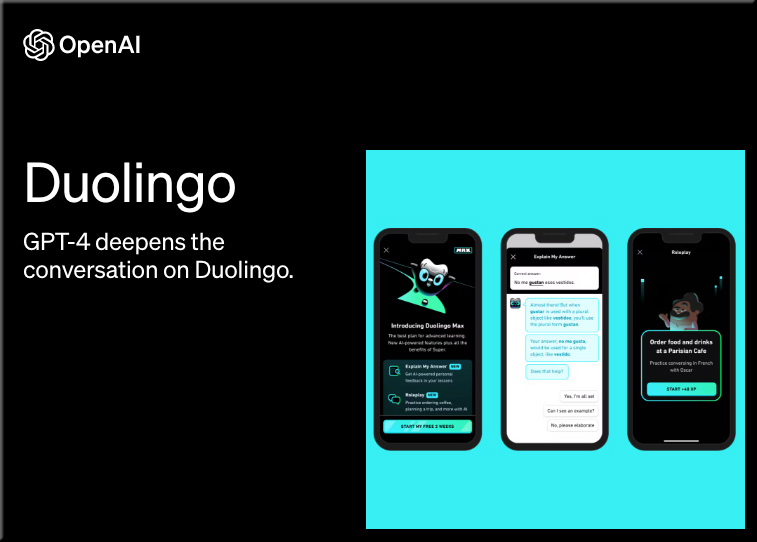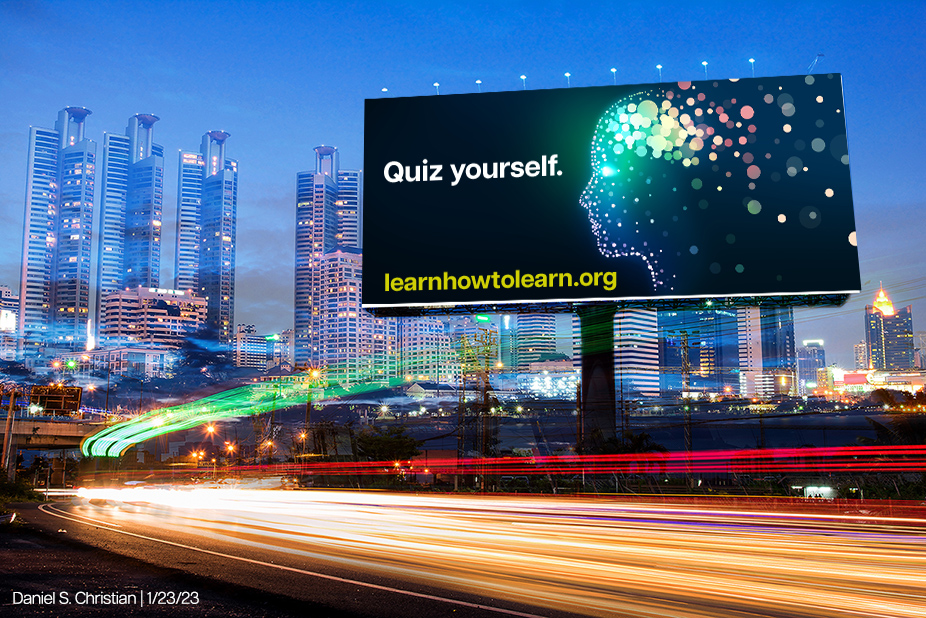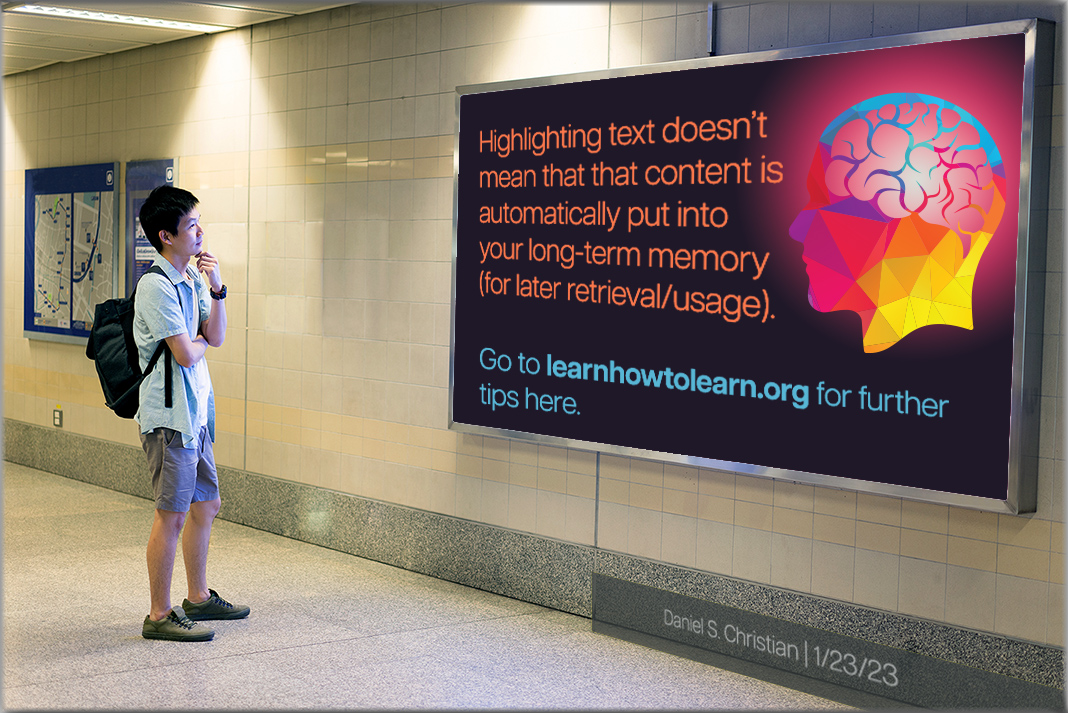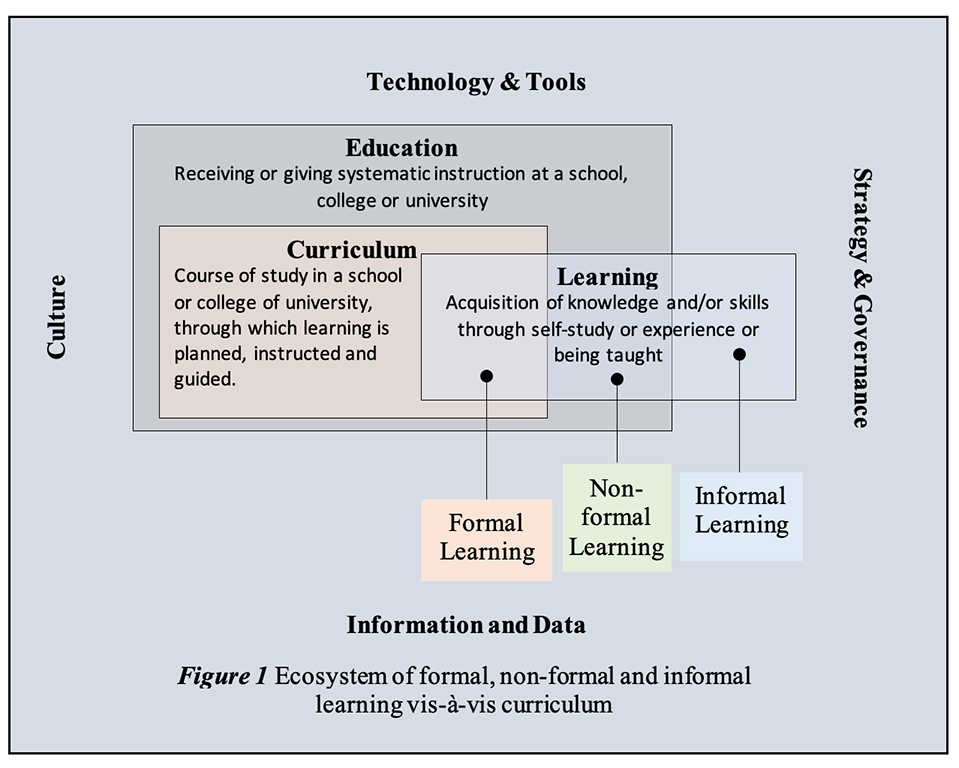Using AI to Help Organize Lesson Plans — from edutopia.org by Jorge Valenzuela
Artificial intelligence tools like ChatGPT can help educators find activities that are set up to teach designated skills.
Excerpt:
- My middle school students have to write a personal narrative about their experience with leadership and service. Which two or three specific Common Core State Standards are relevant to this task?
- Now rewrite those standards into three to four “I can” statements. Although the chatbot can give you a great starting point, you may need to reword these into learning goals better suited for your students.
- What formative assessments (formal and informal) can I use to check my students’ understanding of these standards?
- Given your “I can” statements, what lessons can I teach to help my students write their best personal narratives?
- Which high-yielding strategies can I use to teach these lessons? I aim to engage all my learners in tandem with increasing academic achievement.
- You mentioned using “differentiated instruction.” What methods can I use to support my English language learners to improve their narratives?
- Please provide the sources you used for your responses with websites.
10 Powerful Ways to End Your Lessons — from edutopia.org by Andrew Boryga
Instead of cleaning up or going over homework assignments, try these creative activities that can help students make sense of new material—and have fun in the process.
Excerpts:
4. Create News “Headlines” or “Six-word Summaries”: Pair students off and tell them to imagine they’re writing news headlines that summarize what they’ve learned. Challenge each pair to write at least two headlines, then come back together to review the headlines. Alternatively, you can do this as an entire class activity, writing the headlines suggested by students on your whiteboard.
…
5. Traffic Light: …Before students leave the room, they take sticky notes and write one thing they learned in the lesson and place it on the green light, one thing they’re still mulling over and place it on yellow light, and one thing they’re struggling to understand and place it on the red light.
2 Ways to Encourage Better Note-Taking — from edutopia.org by Marianna Ruggerio
Do your high school students think that taking notes during class means writing down everything you say? You can teach them effective note-taking skills that increase their engagement.
Distance Learning Strategies to Bring Back to the Classroom — from edutopia.org by Sarah Cooper
When schools closed, teachers were forced to get creative—and they’ve learned things they can use when they’re back at school.


















/https://tf-cmsv2-smithsonianmag-media.s3.amazonaws.com/filer_public/ff/0a/ff0ab675-3f44-4aa2-a640-244523296c6b/005557_00_n24_letter.jpg)
